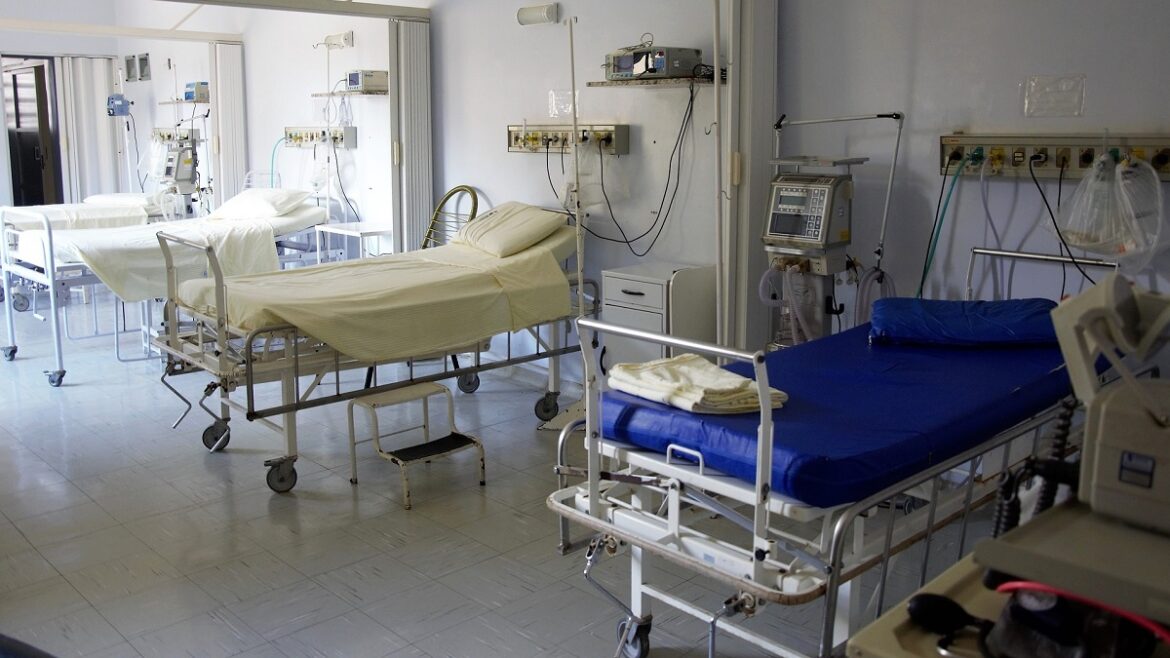In the post-pandemic world, the proverb “Health is wealth” has become a reality. The grim realities that India faced during Covid’s second wave in 2021 served as a wake-up call to many in India’s power circles.
India resolved never to face such shortages again, and work began on a war footing to restore the country’s health. Let us all contribute to India’s remarkable ongoing progress in the healthcare sector. The Covid pandemic confirmed a long-held rule of governance: a prosperous country has a healthy population.
After the pandemic took a massive toll on its population, India has increased its efforts to create a robust healthcare infrastructure, which it was already doing. The states and the federal government have been working together to improve healthcare in the country and provide access to all levels of healthcare to people living in even the most remote areas of the country.
Prime Minister Narendra Modi recently inaugurated the All India Institute of Medical Science (AIIMS) Bilaspur, a premier-level medical institute-cum-hospital equipped with ultra-modern facilities in the country’s northern Himachal Pradesh, as part of initiatives to improve healthcare at all levels in the country.
The construction of AIIMS Bilaspur cost approximately USD 170 million. The hospital has 18 speciality and 17 super speciality departments, 18 modular operating rooms, 750 beds, and 64 ICU beds, which will significantly improve the area’s medical care quality. Prime Minister Narendra Modi stated that AIIMS Bilaspur will increase access to affordable healthcare in Himachal and will be known as the ‘Green AIIMS’ due to its environmentally friendly infrastructure.
Many new All India Institutes of Medical Sciences are being built under the Pradhan Mantri Swasthya Suraksha Yojana scheme. So far, the scheme has approved the establishment of 23 new AIIMS. Of the 23, seven AIIMS are fully operational: Bhopal, Bhubaneswar, Jodhpur, Patna, Raipur, Rishikesh, and Bilaspur.
According to PIB, OPD and MBBS classes have begun in another seven AIIMS, with MBBS classes beginning in five more institutes.
The dynamics of the Indian healthcare industry are changing dramatically as a result of the development of healthcare systems in the country’s most remote regions.
India strives to improve all aspects of its healthcare system, from primary care clinics to tertiary care hospitals.
For the current fiscal year, the country has allocated 11.28 billion USD to the Ministry of Health and Family Welfare. It also intends to launch a credit incentive programme worth $6.8 billion USD to improve the country’s healthcare infrastructure.
India has everything needed for this industry to thrive, including a large population, a strong pharmacy, and well-developed medical supply networks.
Telemedicine and remote healthcare will also help to close the health-care access gap between urban and rural India.
The National Health Mission, for example, is a government programme that aims to provide universal access to equitable, affordable, and high-quality healthcare services that are accountable and responsive to people’s needs.
“The establishment of the National Health Mission and policies, as well as the participation of both the public and private sectors, have benefited the people of India,” says Dr NAROTTAM PURI, advisor in FICCI – Health services. India’s consistent efforts to provide quality healthcare to its citizens have already begun to pay off.
From 2000 to 2022, infant mortality in India fell from 66 to slightly more than 27 per 1,000 live births. In the same time period, life expectancy at birth increased from 63 to over 70 years.
India is one of the developing countries with the highest healthcare expenditures, and this trend is expected to continue in the coming years.
Over the last two years, Indian healthcare has shifted its focus to innovation and technology, with 80% of healthcare institutions planning to increase their investment in digital solutions.
The Indian healthcare system is on track to become one of the best in the world, further cementing Brand India’s position as a global leader.
Also Read: Breast cancer awareness month: A QR code for free mammography





